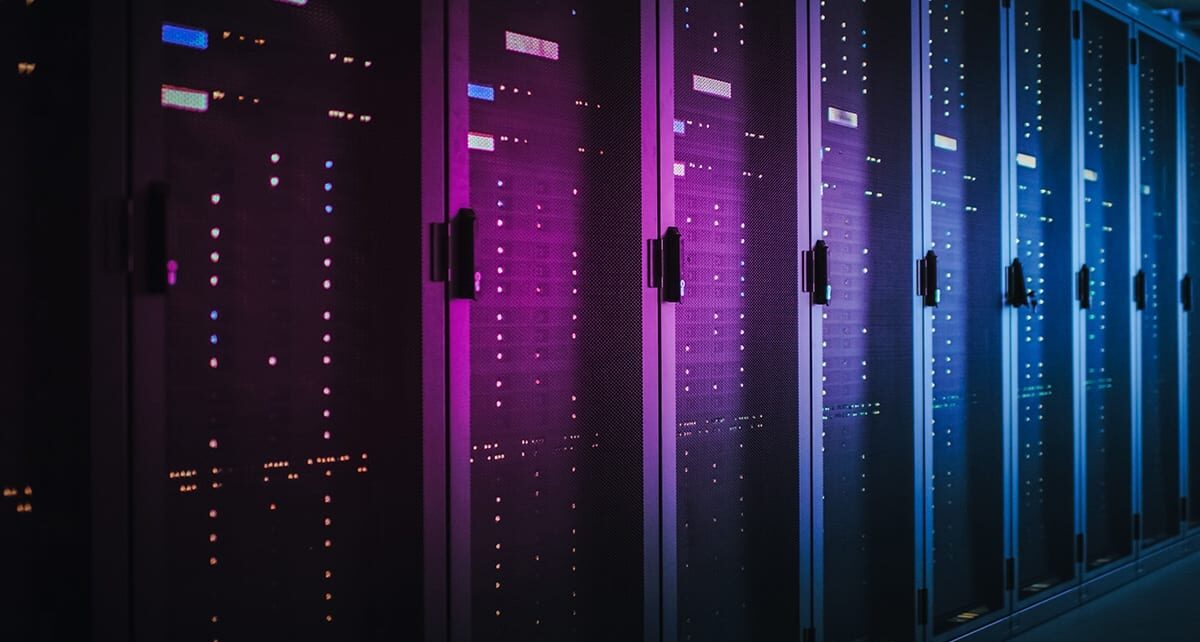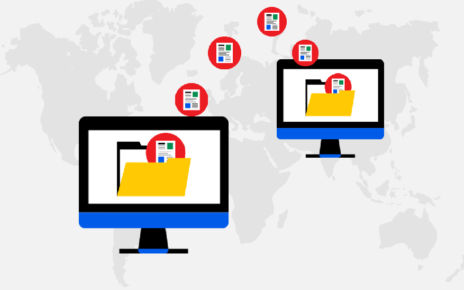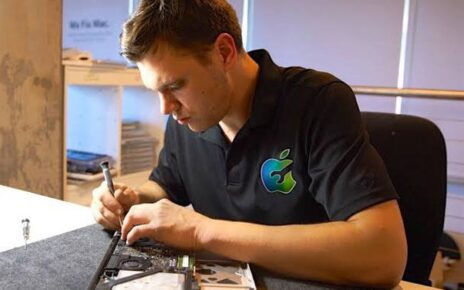Field Programmable Gate Array (FPGA) technology has increased over the past 20 years as electronic trading infrastructures have developed. Market players have employed FPGAs for low-latency trading to gain an advantage over rivals for more than ten years. The first to benefit from this not-so-new technology and enjoy the advantages of developing highly efficient trading techniques within FPGA chips were High-Frequency Traders (HFTs).
Programmable logic devices, often known as FPGA-based low-latency trading system technologies, are essential for competing at the highest level. And, Orthogone ultra low latency trading solutions ensure you get the desired results.
What Makes Low Latency Important in HFT?
HFT traders try to take advantage of passing market inefficiencies. They increase market efficiency while also making money by doing this. The first few individuals to execute orders, though, could be the only ones able to benefit from a particular chance because more people in the HFT sector are trying to take advantage of these possibilities. The first factor that makes delay important is this.
The occurrence of slippage, which occurs when a market order is placed for a highly liquid asset, and the price of that security deviates from the predicted price, is another factor. The likelihood and severity of slippage, which affects traders’ costs, increases with the amount of time between a trader’s decision to trade and the order arriving at the execution site.
Lastly, some HFT methods, including latency arbitrage, rely on the capacity to acquire market data and carry out orders quicker than other investors. Using both low-latency and low-jitter market access, traders must be able to respond in real-time to market occurrences to profit from this activity. The profitability of arbitrage can increase by more than $100M annually for every millisecond that latency is decreased. As a result, HFT methods need low-latency market access in order to transmit and receive new orders as well as market data.
Which HFT functions may be carried out by an FPGA
Companies may quickly gather, purge, enrich, and distribute the expanding range of constantly changing financial data, thanks to the usage of FPGA platforms in high-frequency trading. FPGA technology can swiftly do a variety of trading operations, including but not limited to:
- data filtering, decoding, and normalization when parsing incoming data
- conducting volume, price, and collateral checks before trading
- Continuously monitoring the value and loss situations of financial portfolios
- determining the prices of securities and their derivatives, as well as the returns on fixed-income investments
- generating instructions for departure and sending them to the appropriate engines





